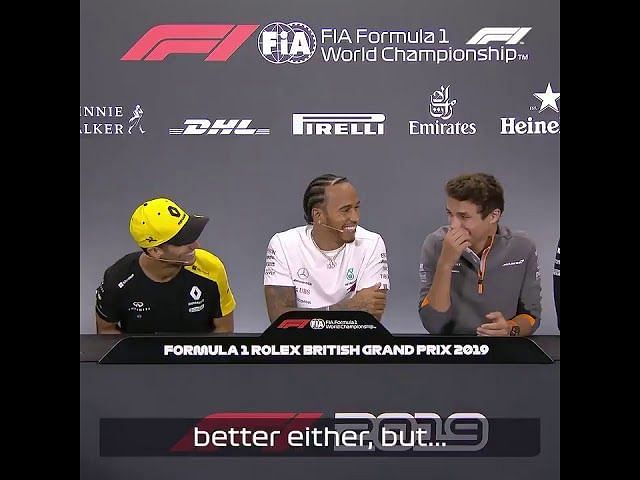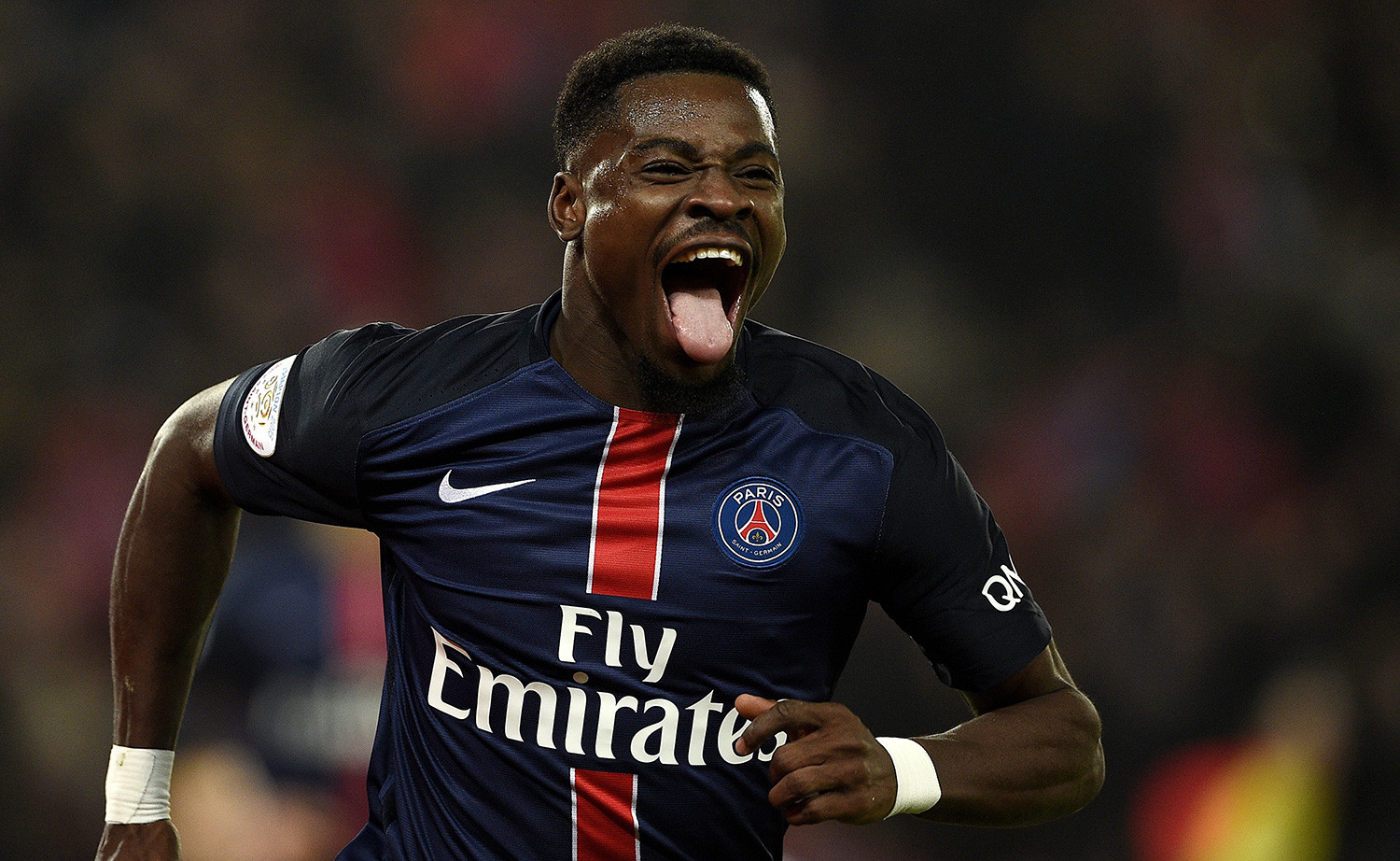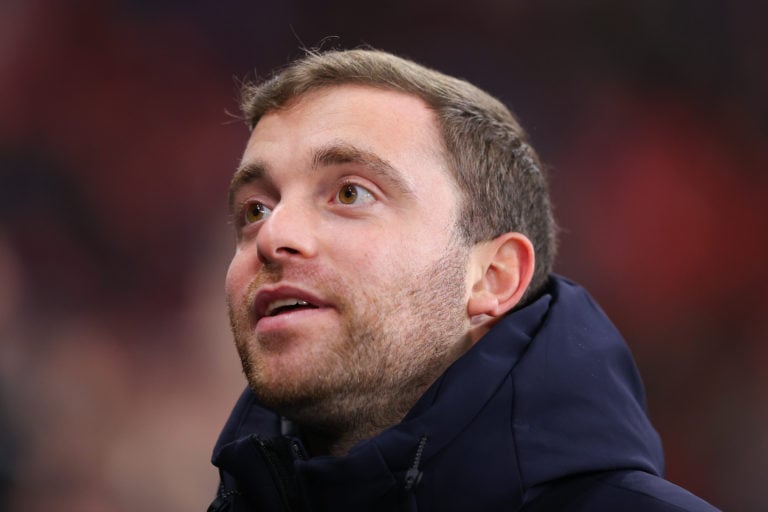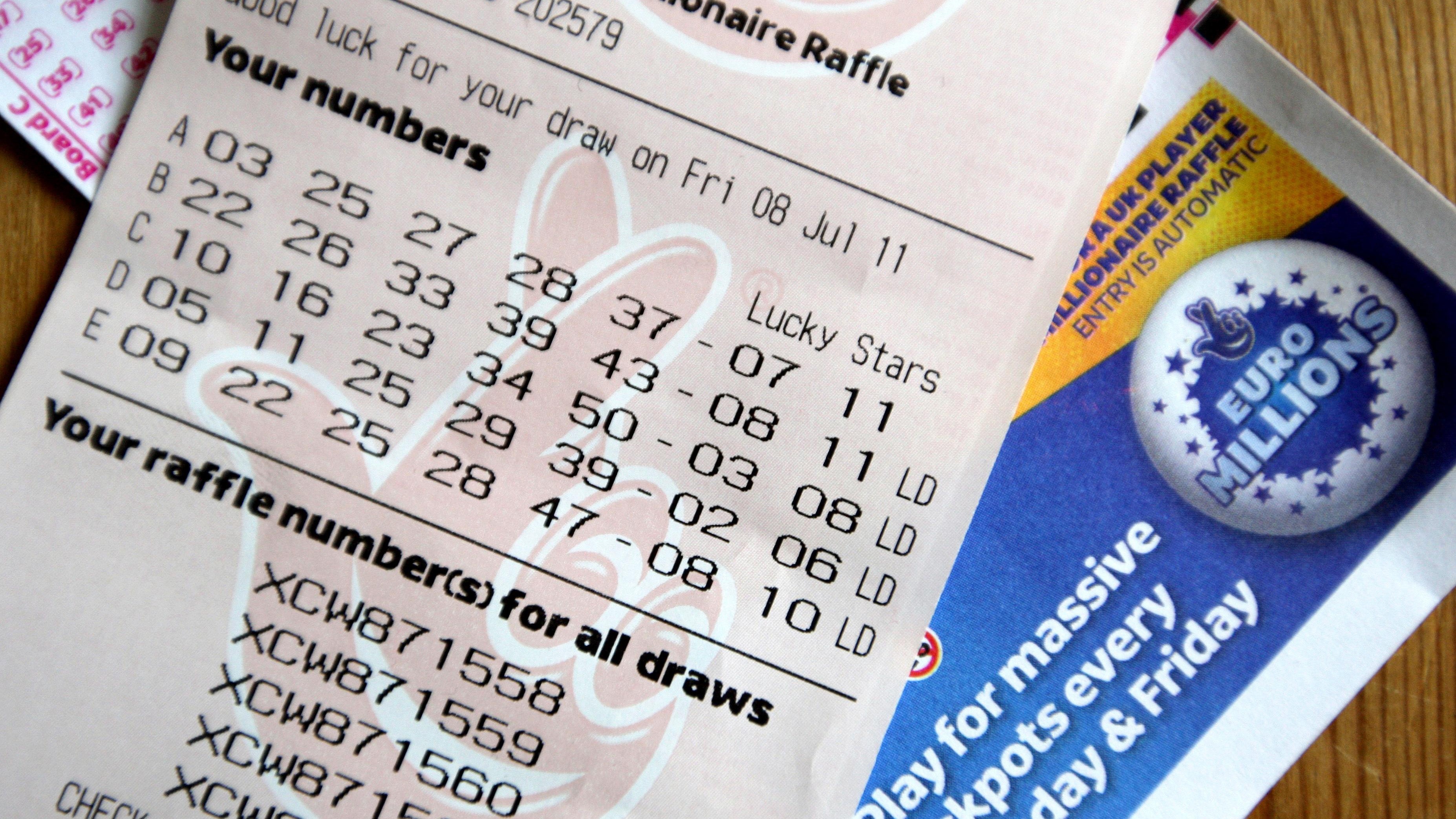Analyzing The F1 Drivers' Press Conference

Table of Contents
Reading Between the Lines: Nonverbal Communication in the F1 Drivers' Press Conference
Body language analysis is crucial in interpreting the true feelings of F1 drivers. Their words might be carefully crafted, but their bodies often tell a different story. This nonverbal communication can reveal underlying tensions, unspoken strategies, and genuine emotions.
- Analyze posture: A slumped posture might indicate frustration or defeat, while a confident stance could reveal unwavering self-belief. Observe if drivers lean forward, engaging with the interviewer, or lean back, appearing detached.
- Decipher facial expressions: Microexpressions, fleeting changes in facial muscles, can betray a driver's true feelings. A forced smile might mask disappointment, while a subtle frown could hint at underlying concerns.
- Interpret hand gestures: Nervous fidgeting can signal anxiety, while assertive hand movements might demonstrate confidence. Consider the frequency and intensity of these gestures for a clearer understanding.
For example, Lewis Hamilton's subtle shifts in posture and facial expressions during press conferences following challenging races often offer clues about his approach to overcoming adversity, even if his verbal responses are carefully measured.
Decoding the Word Choice: Analyzing Drivers' Verbal Strategies in F1 Press Conferences
Strategic word selection is a key component of an F1 driver's media relations strategy. Drivers aren't just answering questions; they're carefully crafting their public image and subtly communicating with rivals and their own teams. Analyzing their verbal communication is essential for deep understanding.
- Strategic keyword usage: Pay close attention to frequently used keywords. The repeated use of "focus," "potential," or "challenging" can reveal their priorities and perceptions of the current situation.
- Subtle messaging: Drivers might use seemingly innocuous phrases to convey underlying messages. A seemingly casual comment about a competitor's car could be a strategic jab.
- Deflection techniques: Observe how drivers deflect criticism. Do they directly address it, offer a noncommittal response, or change the subject entirely? These techniques offer insights into their vulnerability and confidence levels.
For instance, Max Verstappen's use of terms like "aggressive" and "hard racing" to describe his driving style, while seemingly straightforward, could be a strategic attempt to frame his on-track actions.
The Context is Key: Understanding the Surroundings of the F1 Drivers' Press Conference
Context is everything when analyzing F1 driver interviews. The surrounding circumstances significantly influence their demeanor and responses.
- Race performance: A driver's recent race results heavily impact their mood and willingness to speak openly. A victory typically leads to more upbeat and confident responses, while a poor performance can result in more reserved or defensive communication.
- Championship standings: A driver's position in the championship standings dramatically affects their public image management. A leader might project confidence, while a challenger might emphasize their determination to catch up.
- Team dynamics: Internal team politics and rivalries can influence a driver's willingness to share information. A driver might be less forthcoming if a sensitive issue involves their teammate.
Considering these factors enhances the accuracy of the press conference analysis, providing a richer understanding of the sporting landscape.
Beyond the Soundbites: Utilizing Advanced Techniques for F1 Drivers' Press Conference Analysis
Advanced techniques can further enhance F1 drivers' press conference analysis. These offer quantitative and qualitative insights that go beyond simple observation.
- Sentiment analysis: Using sentiment analysis tools, you can objectively quantify the emotional tone of a press conference, detecting positive, negative, or neutral sentiments.
- Discourse analysis: Analyze the flow of conversation, including turn-taking patterns and interruptions. These elements can reveal power dynamics and underlying tensions.
- Comparative analysis: Compare press conferences across drivers, teams, and races to identify consistent patterns and significant deviations.
These advanced analytics offer a more rigorous and comprehensive approach to understanding the information conveyed within the press conference.
Mastering the Art of F1 Drivers' Press Conference Analysis
In conclusion, mastering F1 drivers' press conference analysis requires attention to detail, combining the observation of nonverbal cues and strategic word selection with an understanding of the broader context. Utilizing advanced techniques like sentiment analysis adds another layer of depth to your insights. By analyzing these seemingly simple interactions, you can gain a deeper understanding of Formula 1 racing strategy, team dynamics, and the personalities of the drivers themselves. Start honing your skills by analyzing the next F1 drivers' press conference and uncover the hidden meanings behind the words and actions. Unlock the secrets of the sport through F1 press conference analysis!

Featured Posts
-
 Bof A Reassures Investors Why Current Market Valuations Arent A Threat
May 26, 2025
Bof A Reassures Investors Why Current Market Valuations Arent A Threat
May 26, 2025 -
 The Plight Of Idf Soldiers Held In Gaza A Look At Their Experiences
May 26, 2025
The Plight Of Idf Soldiers Held In Gaza A Look At Their Experiences
May 26, 2025 -
 Choosing The Perfect Nike Running Shoe A 2025 Buyers Guide
May 26, 2025
Choosing The Perfect Nike Running Shoe A 2025 Buyers Guide
May 26, 2025 -
 Semua Tentang Moto Gp Argentina 2025 Jadwal Sprint Race Dan Lainnya
May 26, 2025
Semua Tentang Moto Gp Argentina 2025 Jadwal Sprint Race Dan Lainnya
May 26, 2025 -
 Explorer Le Monde Des Gens D Ici
May 26, 2025
Explorer Le Monde Des Gens D Ici
May 26, 2025
Latest Posts
-
 Tottenham In Race For Ligue 1 Star Confirmed Departure And Transfer Timeline
May 28, 2025
Tottenham In Race For Ligue 1 Star Confirmed Departure And Transfer Timeline
May 28, 2025 -
 Tottenham Target Ligue 1 Winger Transfer Update And Key Dates
May 28, 2025
Tottenham Target Ligue 1 Winger Transfer Update And Key Dates
May 28, 2025 -
 How To Play Euromillions And Win The 202m Jackpot
May 28, 2025
How To Play Euromillions And Win The 202m Jackpot
May 28, 2025 -
 Tottenham Hotspurs Ligue 1 Winger Pursuit Timeline And Confirmation
May 28, 2025
Tottenham Hotspurs Ligue 1 Winger Pursuit Timeline And Confirmation
May 28, 2025 -
 The 202m Euromillions Your Guide To The Lotterys Biggest Prize
May 28, 2025
The 202m Euromillions Your Guide To The Lotterys Biggest Prize
May 28, 2025
